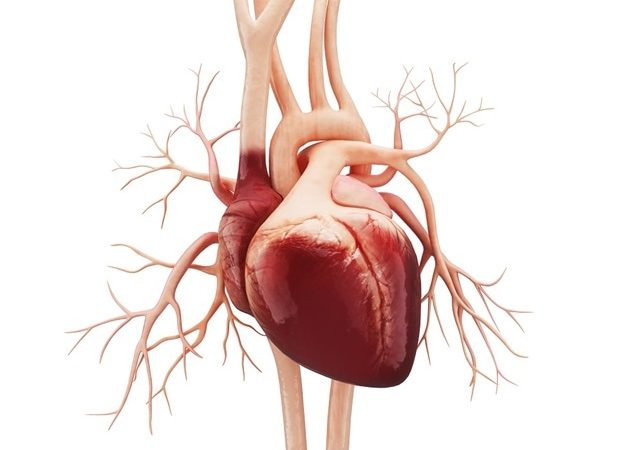Only 2% of adults in India know how to perform CPR or cardiopulmonary resuscitation. The American Heart Association – the world's leading voluntary health organization devoted to longer, healthier, live for all – and the All India Institutes of Medical Sciences (AIIMS) – a group of autonomous government public medical universities– are working together to train more than 150,000 students, community health care workers and others in the public in multiple states within India to reverse this trend.
In advance of this World Restart a Heart Day, more than 800 people were trained during the initial launch events in late August. These trainers will now be training community members on Hands-Only CPR in the Bathinda, Bhubaneswar and Mangalagiri regions over the next three years.
Each year on October 16th, the American Heart Association honors the World Restart a Heart Day initiative, supported by all seven constituent councils of the International Liaison Committee on Resuscitation (ILCOR), on which the American Heart Association represents the U.S. This is a global initiative to increase awareness about the importance of bystander CPR and to also increase actual bystander CPR rates worldwide by educating the public about learning Hands-Only CPR.
The "train-the-trainer" model is easy to replicate throughout India and helps ensure maximum scalability as each state-based Institute expands its training program.
In a sudden cardiac arrest (SCA) emergency, CPR from a bystander can make the difference between life and death. In fact, immediate CPR can double or triple a victim's chance of survival, according to the American Heart Association.
Sudden cardiac arrest is the abrupt loss of heart function. Immediate, quality CPR is required to maintain blood flow to organs until advanced care is available and a shock from an automated external defibrillator (AED) to reset the heart's electrical rhythm is delivered to the victim.
Cardiac arrests can happen anywhere, at any time, and 88% of cardiac arrests occur at home. Survival from cardiac arrest largely depends on how quickly CPR is started and the quality of CPR given. For every minute that passes without CPR and defibrillation, a SCA victim's chance of survival decreases by 7-10%. With bystander CPR and an AED, the chances of survival triples.
Learning how to give Hands-Only CPR in times of a cardiac emergency is the most fundamental skill to begin the chain of survival. Hands-Only CPR has just two simple steps, performed in this order: Call 9-11 if you see a teen or adult suddenly collapse and push hard and fast in center of chest to the beat of a familiar song that has 100 to 120 beats per minute.
American Heart Association
Posted in: Medical Condition News | Healthcare News
Tags: Blood, Cardiac Arrest, CPR, Defibrillation, Defibrillator, Education, Health Care, Heart, Hospital, OCT, Research, students
Source: Read Full Article
